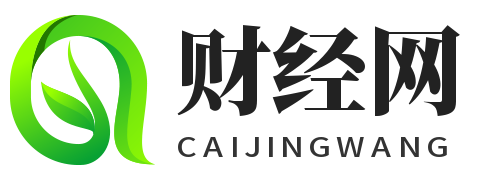包装设计六要素(包装设计的5大原则)
Introduction
Packaging design is a crucial element of product marketing, influencing consumer perception and purchase decisions. Effective packaging design incorporates six key elements that ensure both aesthetic appeal and functional utility.
Key Elements of Packaging Design

1. Aesthetics: Visual appeal plays a pivotal role in attracting consumers. Vibrant colors, typography, and graphics are used to create an emotional connection and highlight brand identity.
2. Functionality: Practicality is essential for ease of use and storage. Packaging should protect the product from damage and be convenient for consumers to handle.
3. Informative: Packaging communicates vital information such as product features, ingredients, usage instructions, and safety warnings. Clear labeling is crucial for consumer trust and compliance with regulations.
4. Sustainability: Eco-friendly packaging materials and designs contribute to environmental conservation. Sustainable packaging reduces waste and reflects a brand's commitment to corporate social responsibility.
5. Differentiation: Unique packaging distinguishes a product from competitors. Innovative designs and distinctive shapes help capture consumer attention on store shelves.
6. Brand Story: Packaging design should align with the brand's narrative and values. Consistent branding across all elements reinforces brand recognition and loyalty.
Conclusion
Effective packaging design integrates aesthetics, functionality, information, sustainability, differentiation, and brand story. By focusing on these six elements, brands can create packaging that not only enhances product appeal but also communicates key messages to consumers, contributing to overall marketing success.




